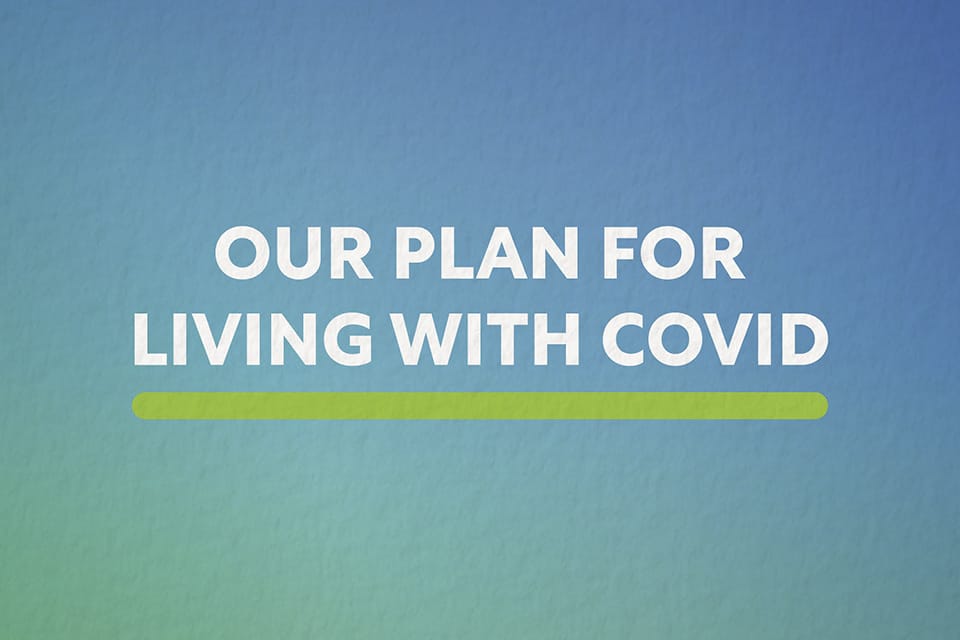📢 Children and Young People Voices report about their pandemic experiences has been released today.
We would be interested in hearing your views. There is a chapter on Clinically Vulnerable families.
We have included screenshots below...
1/
We would be interested in hearing your views. There is a chapter on Clinically Vulnerable families.
We have included screenshots below...
1/
https://twitter.com/covidinquiryuk/status/1967502557963800812
They have recognised that children in CV families took on new caring responsibilities. Many have never been recognised or supported as "Young Carers".
2/

2/


There appears to be confusion in the report between disability (which is a mental or physical impairment) and clinical vulnerability (which are risk factors including health conditions, which puts someone at higher risk of poor outcomes and required shielding etc.).
3/
![Forgotten by others as a young shielder Casey, aged 15, has a sibling who is clinically vulnerable. Casey described how she helped to protect her sibling during the pandemic, how hard it was to keep shielding when society opened up after the first lockdown and how she felt that her needs had been completely forgotten by those around her. She felt that people didn't seem to 15 2. Factors that shaped the pandemic understand that young people were shielding too. "When we came out of [lockdown] but then we were still expected to shield... while everybody else was out and doing stuff, t...](/images/1px.png)
3/

![Forgotten by others as a young shielder Casey, aged 15, has a sibling who is clinically vulnerable. Casey described how she helped to protect her sibling during the pandemic, how hard it was to keep shielding when society opened up after the first lockdown and how she felt that her needs had been completely forgotten by those around her. She felt that people didn't seem to 15 2. Factors that shaped the pandemic understand that young people were shielding too. "When we came out of [lockdown] but then we were still expected to shield... while everybody else was out and doing stuff, t...](https://pbs.twimg.com/media/G042kXoWsAAyiRz.jpg)
Fear (or derivatives) is mentioned 67x
Anxiety 31x
These words are frequently used in relation to Clinically Vulnerable people or children in CV families - who were managing higher risks without appropriate airborne protections.
4/
Anxiety 31x
These words are frequently used in relation to Clinically Vulnerable people or children in CV families - who were managing higher risks without appropriate airborne protections.
4/

The report has identified many serious impacts on children who were Clinically Vulnerable themselves or who lived in CV families.
13/
13/

Please take a look at the full report and comment below.
Download here:
14/covid19.public-inquiry.uk/documents/inq0…
Download here:
14/covid19.public-inquiry.uk/documents/inq0…
• • •
Missing some Tweet in this thread? You can try to
force a refresh





![It is notable that during lockdown some felt that "everyone was in the same boat" and did not have a reference point for what other families were doing. However, once restrictions eased for others, those interviewed described becoming more aware of what they still could not do and feeling more negatively about shielding requirements and the fact that they were more restricted than other people. "When we came out of [lockdown] but then we were still expected to shield... while everybody else was out and doing stuff, they seemed to have forgotten about people who were shieldin...](https://pbs.twimg.com/media/G042nWsXUAAkRX7.jpg)







